Zines are rarely profitable. This is a truth and can be false. Zines are a multitude of truth and fiction.
In disclosure and transparency I decided to explore the (un)profitability of Useful Journaling. 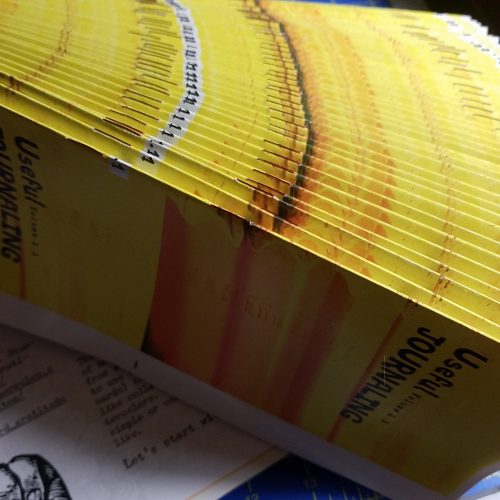
I chose to use the Ko-Fi sales platform, on a year long subscription of Ko-Fi Gold. This way Ko-Fi does not take a cut of the money used to purchase my zines and things*. That said I did pay $4.50 to use the service for the whole month.
I chose $3 with US shipping included as my total price. To get an address via Ko-Fi, I had to break that down to $2.50 with shipping extra. Paypal took 39 cents per sale. I always forget the enormous amount paypal takes. I think I block it out. Postage within the US was 50 cents (1 stamp)**. 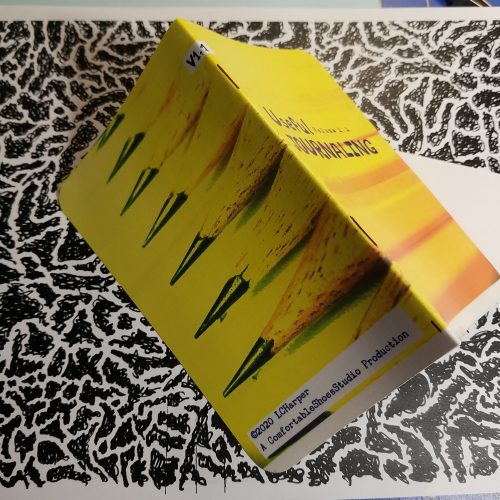
Materials breakdown is as follows, per issue:
- Cardstock: 8 cents
- Paper: 4 cents
- Black toner: 4 cents
- Color toner: 30 cents
- Sundry items: staples, envelopes, craft blades etc: 10 cents
- Total: 60 cents an issue
The largest expense here was the color toner. I was gifted the color laser printer and a box of fresh 4 color toners, but had to replace the drum, and now the transfer roller (could be called something else but it’s the bit of film that rolls the image onto the paper/roller). The cost per issue is the same given the amount I have spent on the cursed machine.***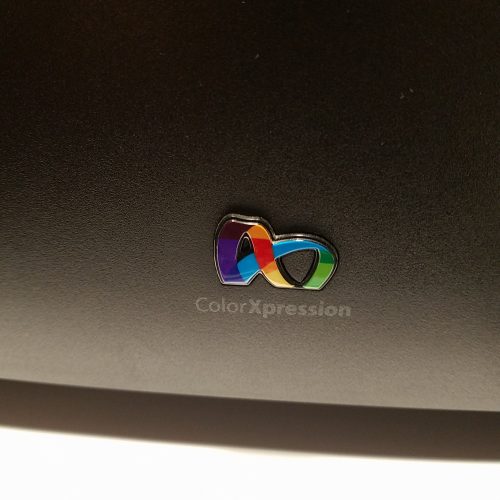
I also repurposed many of the items from previous projects- I already own a long reach stapler, colored staples, really nice cardstock, plain white paper, and a black and white laser printer. So while I’m not out any of those items and have slowly accumulated all of the things I WISHED I had back in 1999 when making zines.**** It’s taken me 20 or so years, but I finally have all the tools for zines I ever wanted. It is kind of amazing that layout can be done in an app and even online if you really want.
The net profit from each copy of the zine, not even coming close to thinking about time and labor, is $1.51. From the first printing I made $105.***** The second printing will be slightly different and slightly more profitable- I’ll be using colored cardstock at roughly 10 cents a sheet and eliminate the color printing. So the total cost of physical supplies will drop from 60 cents to about 30 or 40 cents.
The $105 I made will go toward replenishing supplies- black toner ($20), more paper (moving toward 100% recycled paper for the insides)($10), yellow toner ($20), colored staples ($5), and more cardstock ($20). Leaving me with about $20 to spend on a bag of coffee. I have my priorities.
A thing to remember is that for much of this- the more copies I make (and sell) the lower my cost becomes. If I can buy a bulk pack of black high yield toner cartridges, that drops the cost of black toner from 2 cents a sheet to 1.5 cents/sheet. I strongly want to keep this zine very affordable to get it into the hands of more people. I do have loose plans to create special editions- so things like the first 3 issues bound into a special cover, notebooks with related content and covers, prompt cards and many other things. For now, I am enjoying the tactile nature of these items, but PDF versions might be a possibility in the future. I suspect that eventually I will need to upgrade to a new computer. The Lenovo I bought… Well it’s one step above a pizza box in terms of functionality, and I can really see where it lags with graphics where my previous computer did not. So that is a thing I need to keep in mind as well.
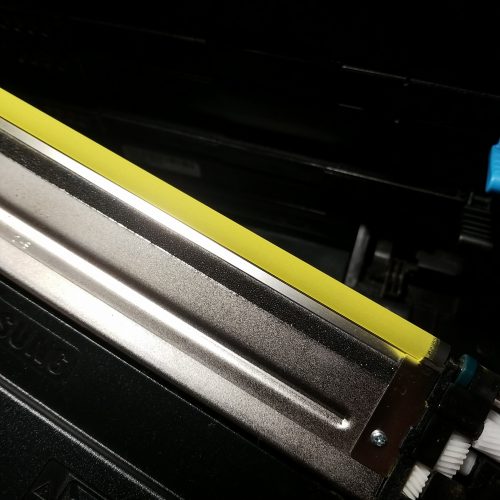
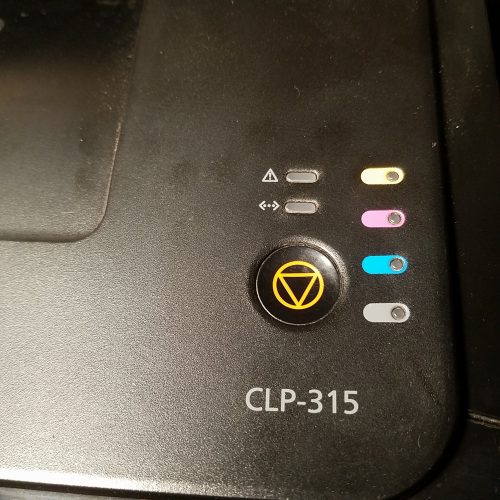

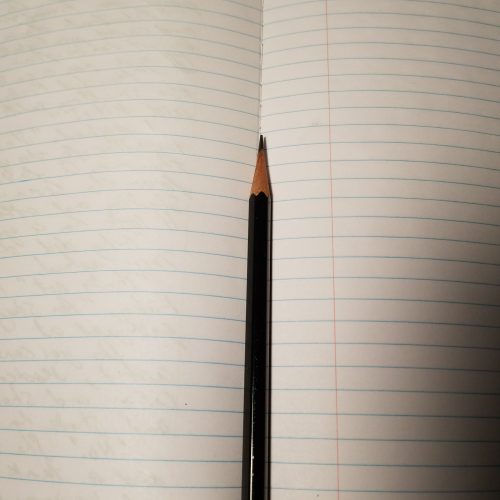
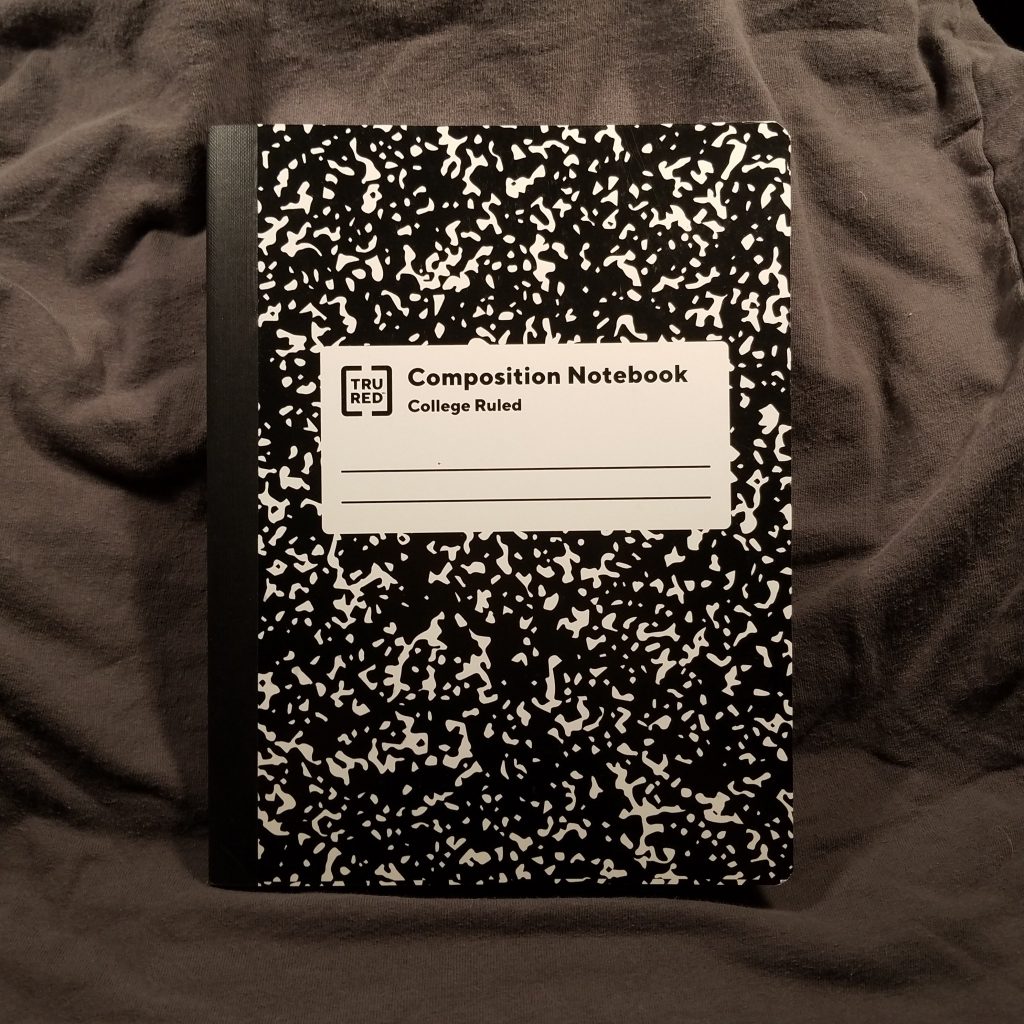
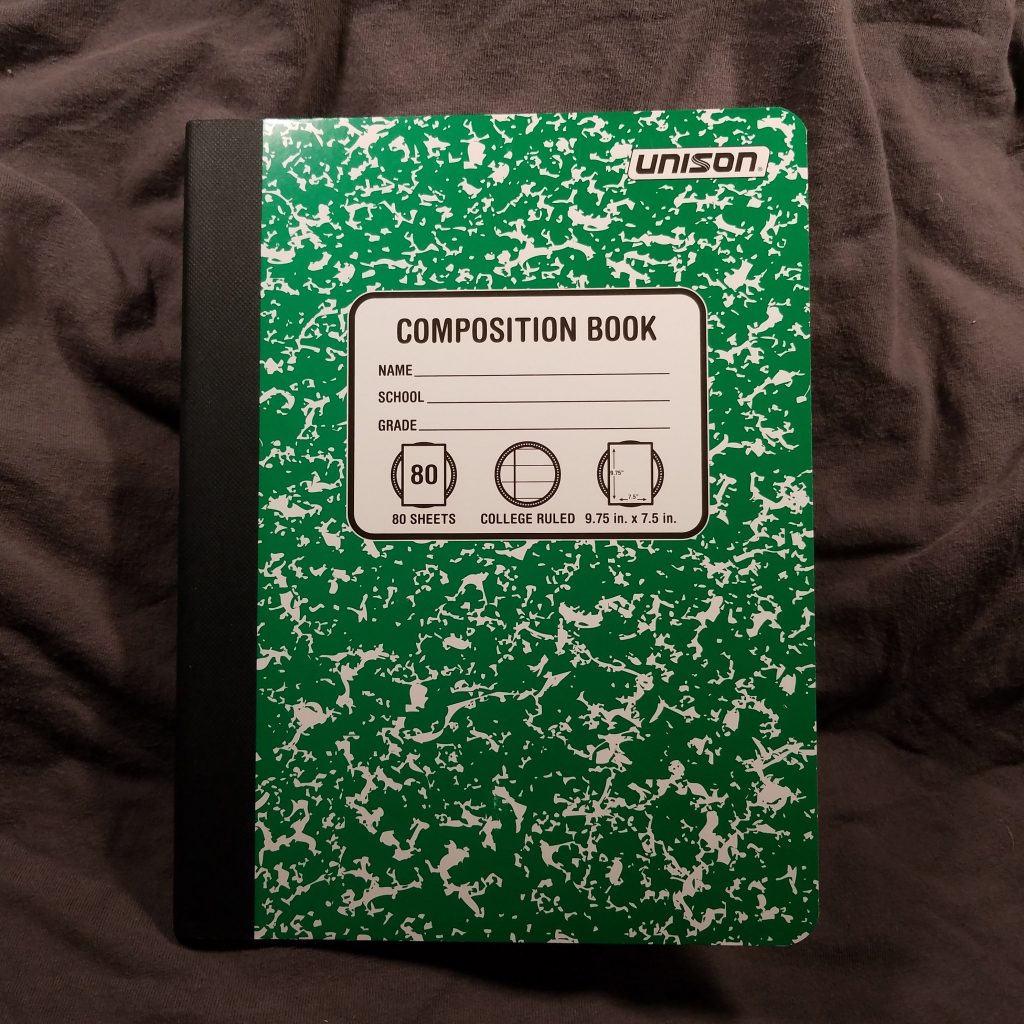
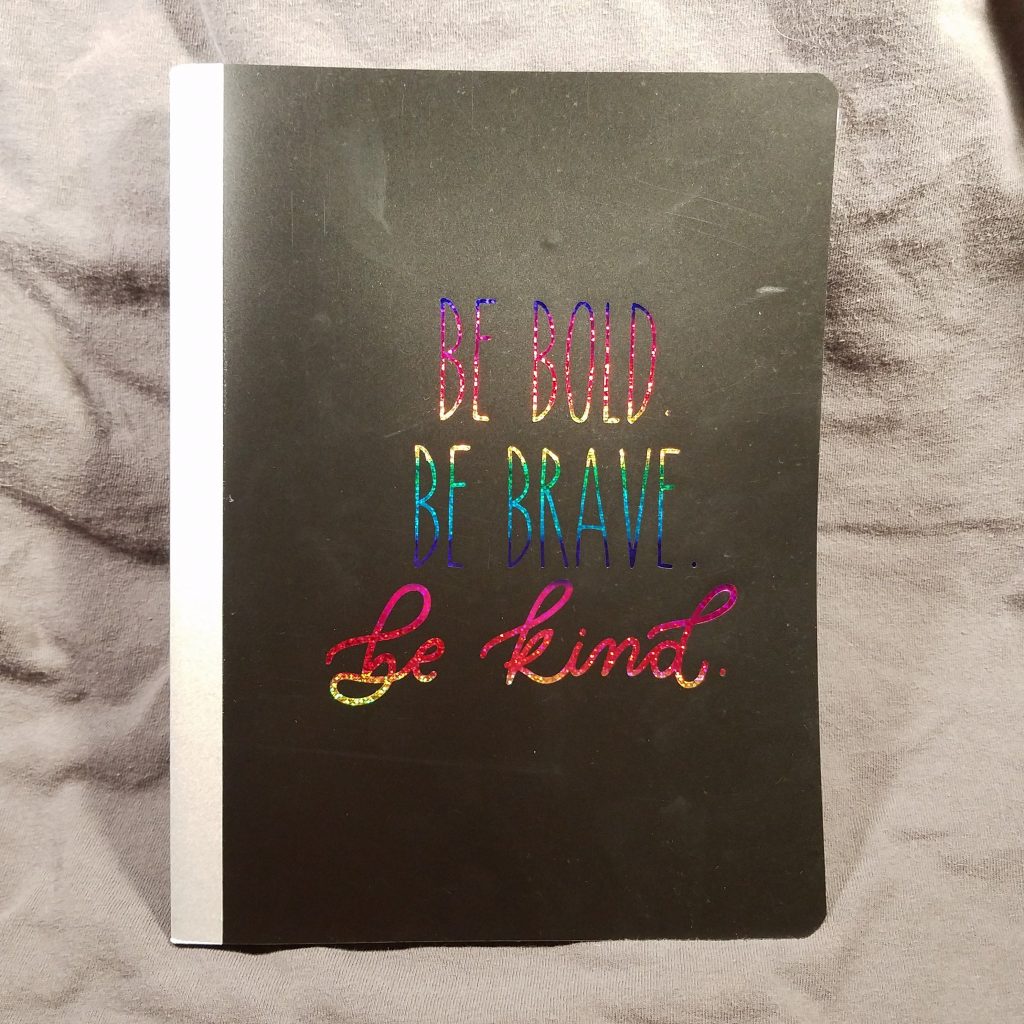
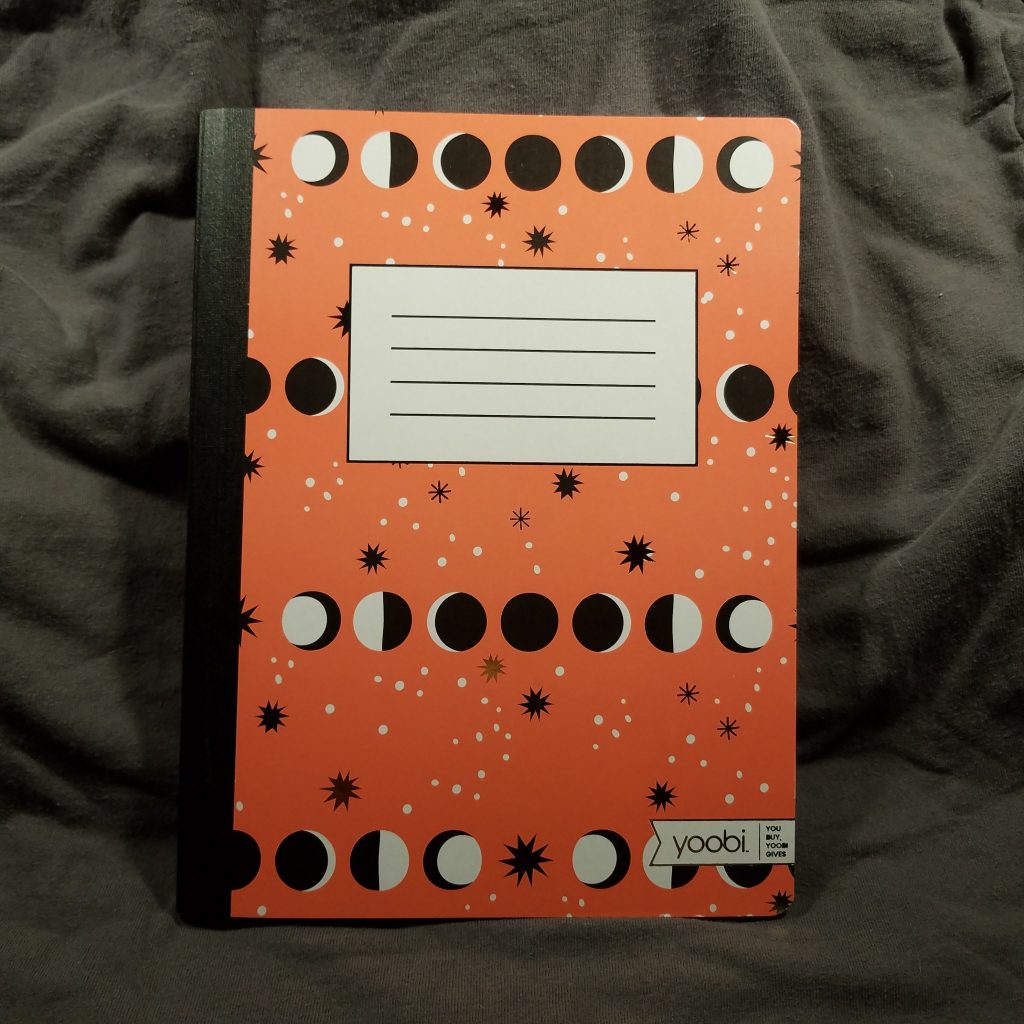
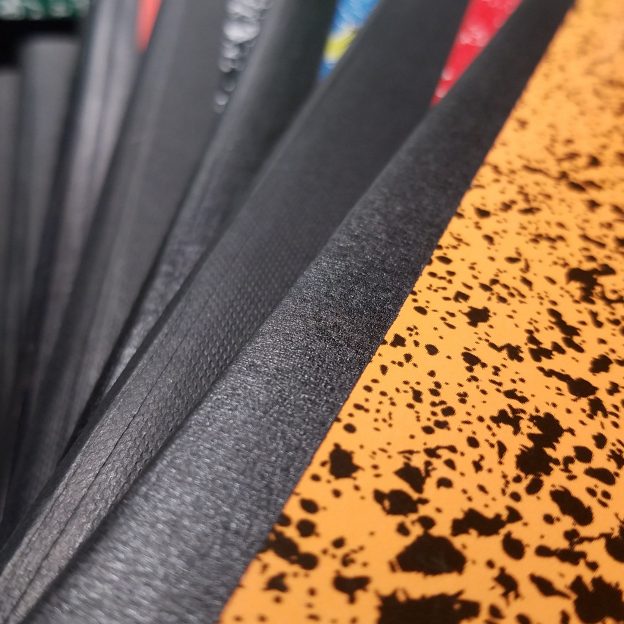

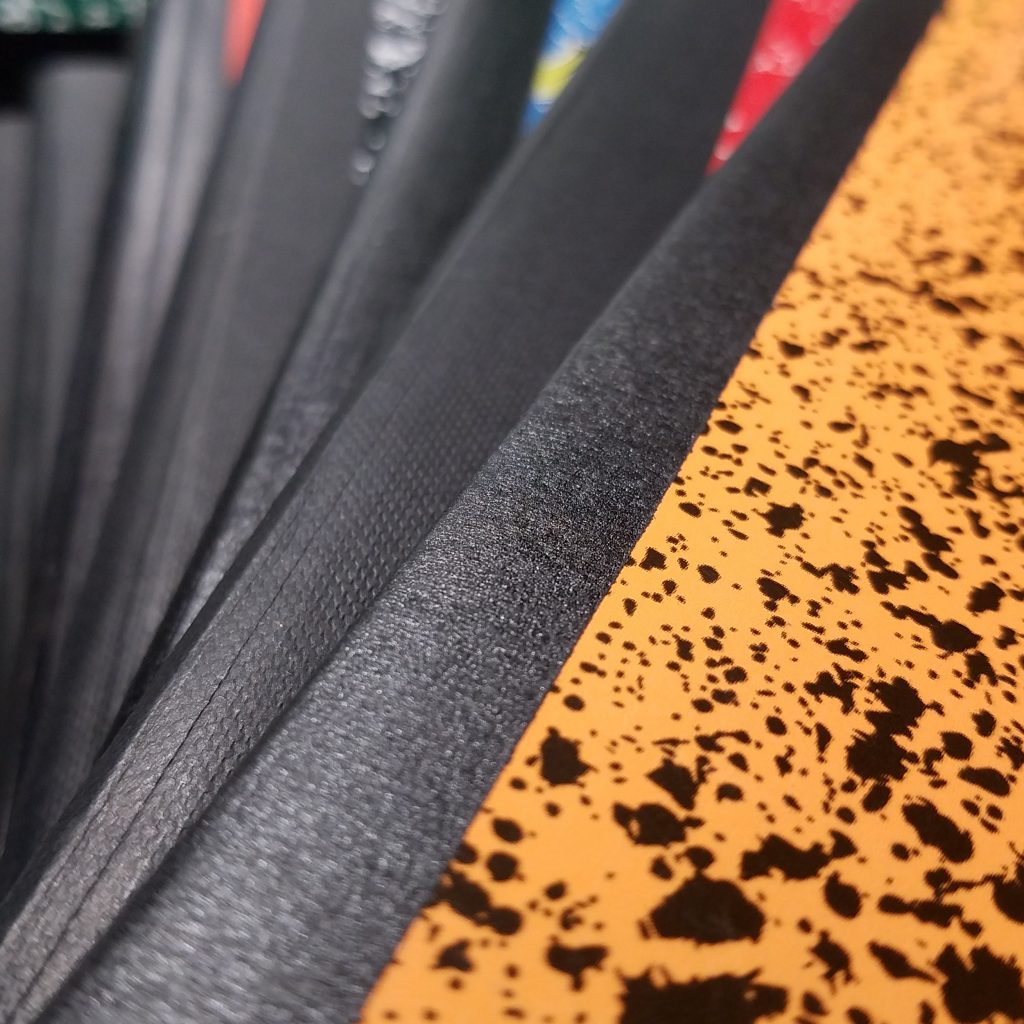

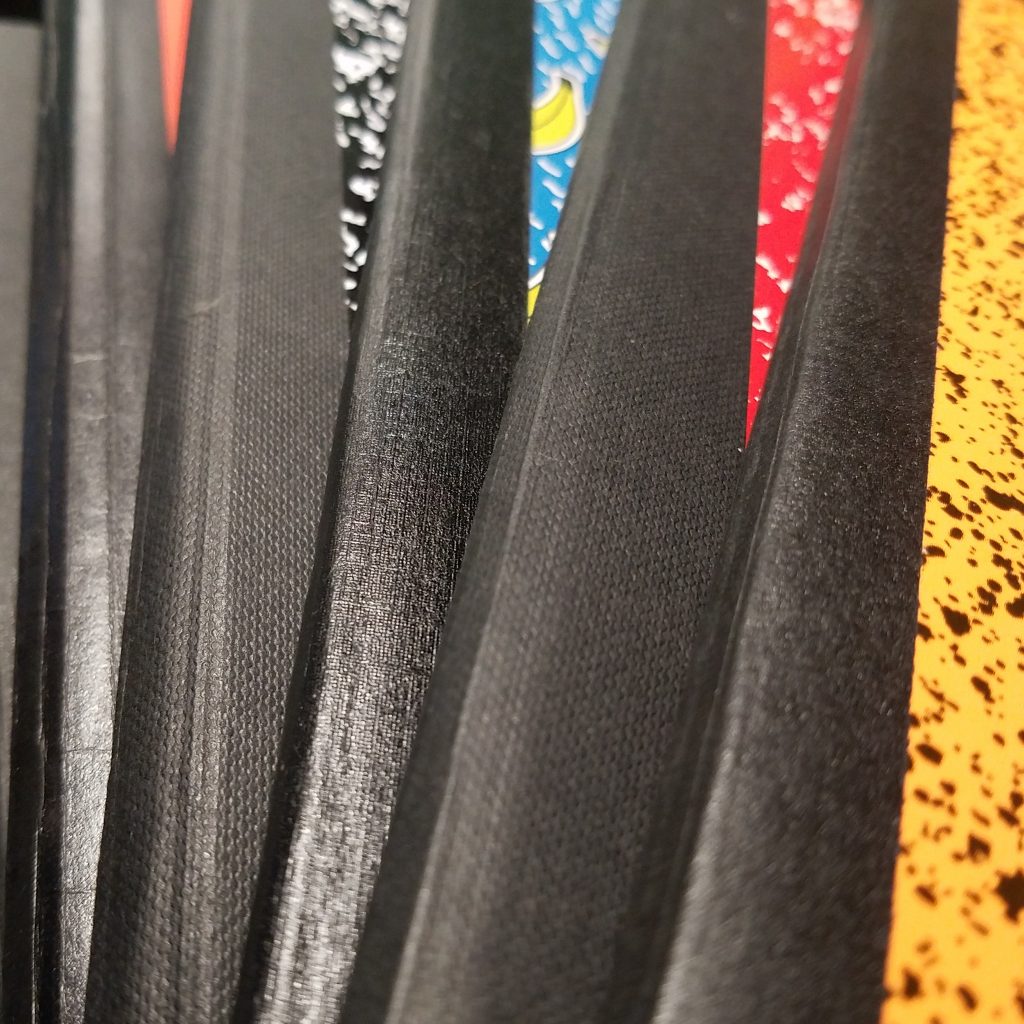
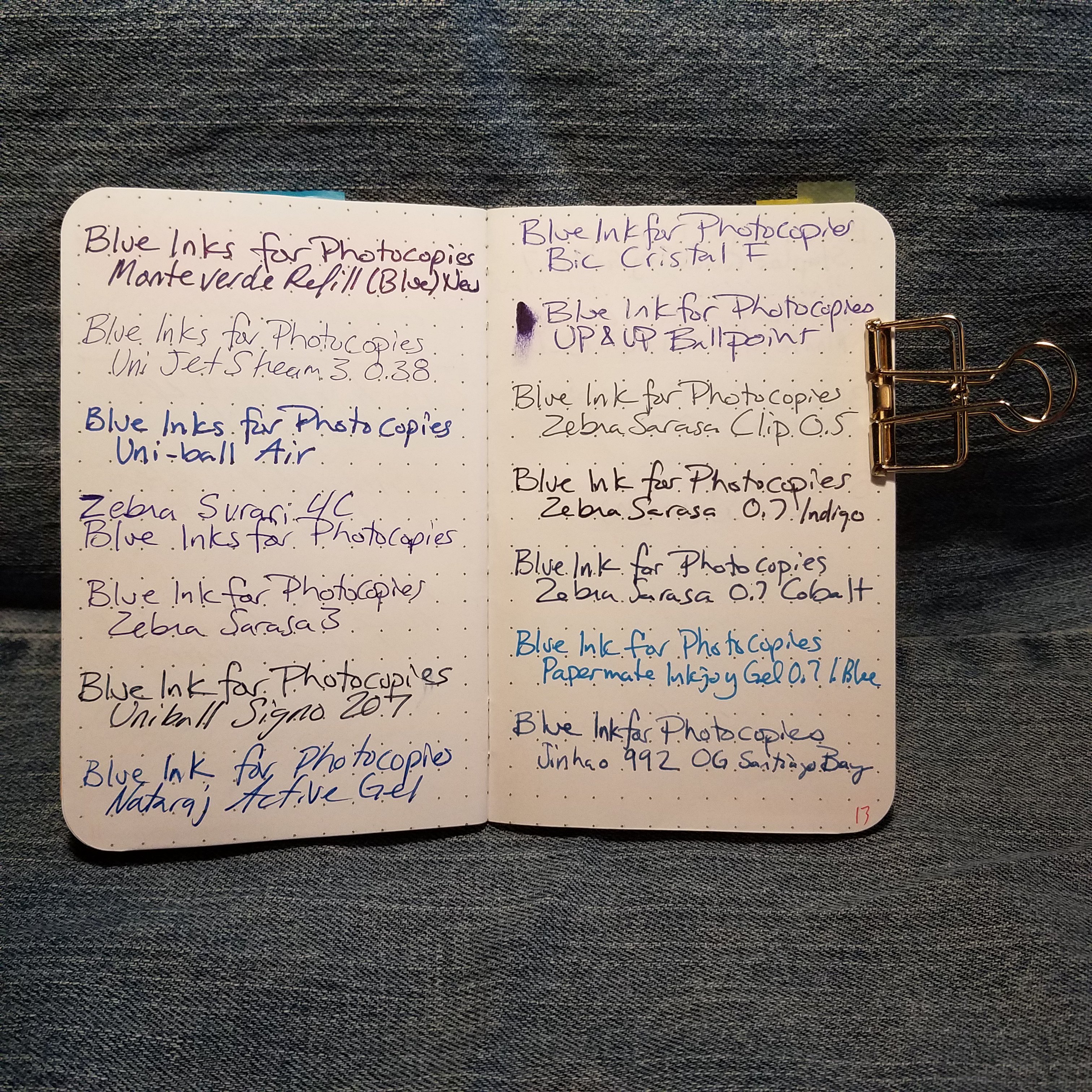
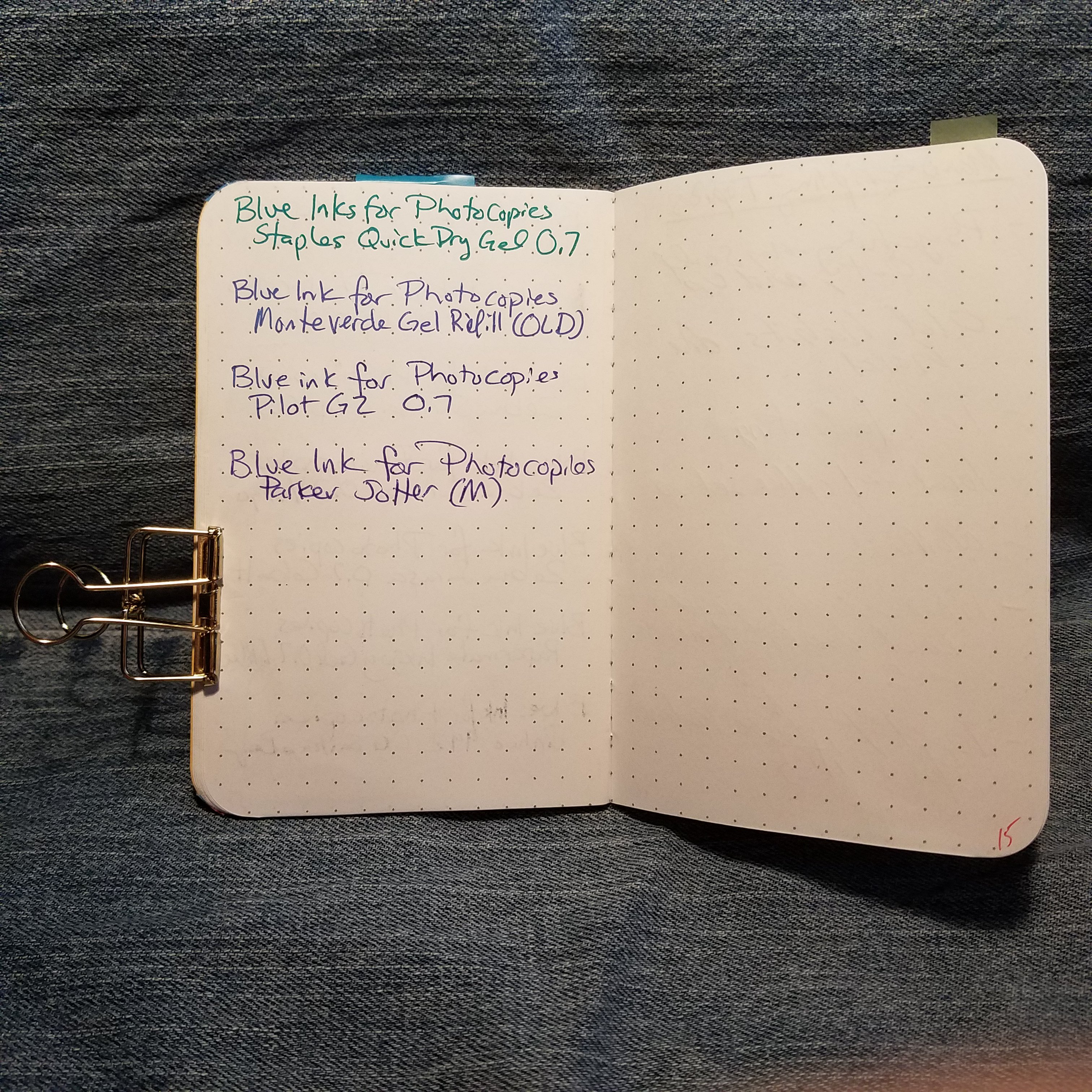
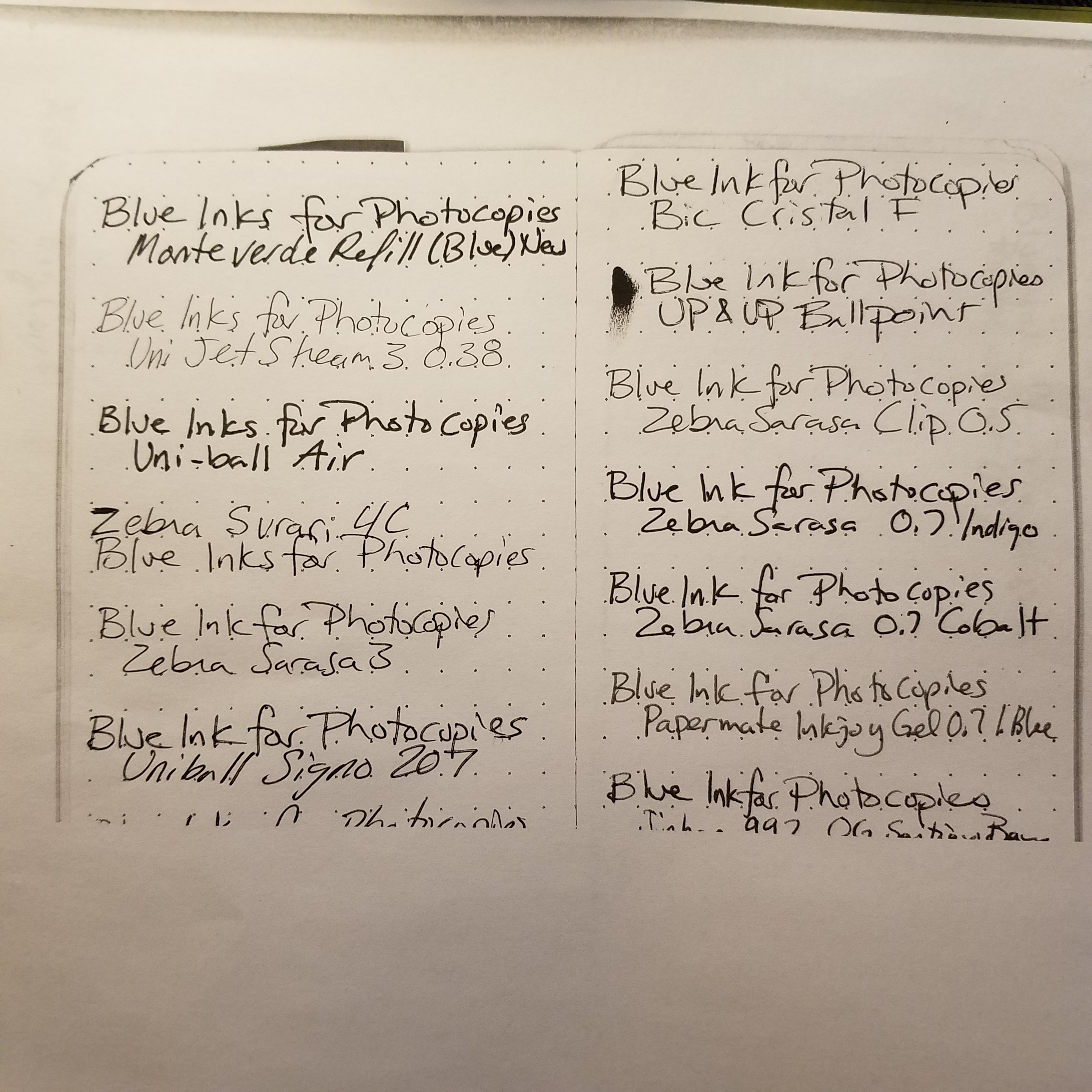

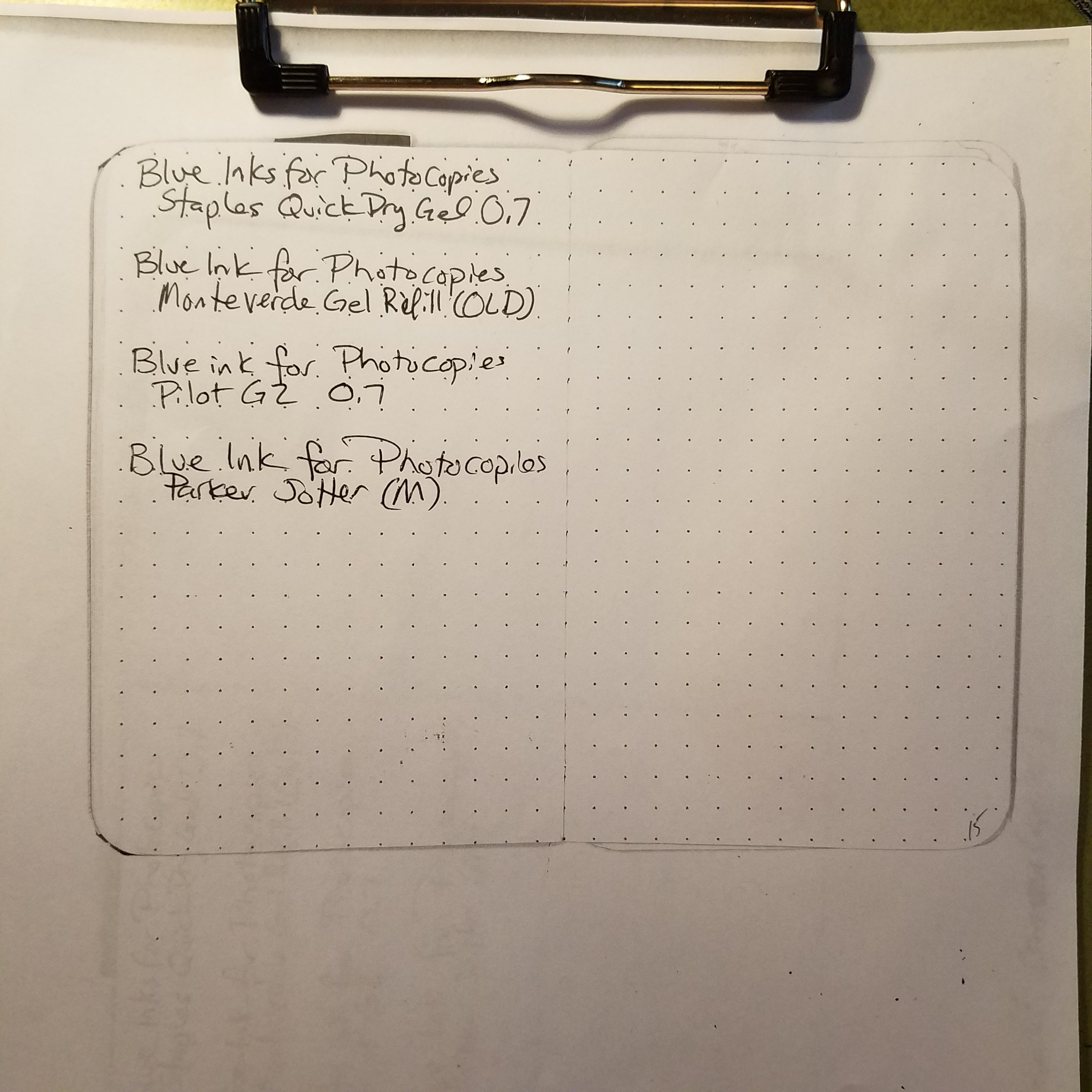
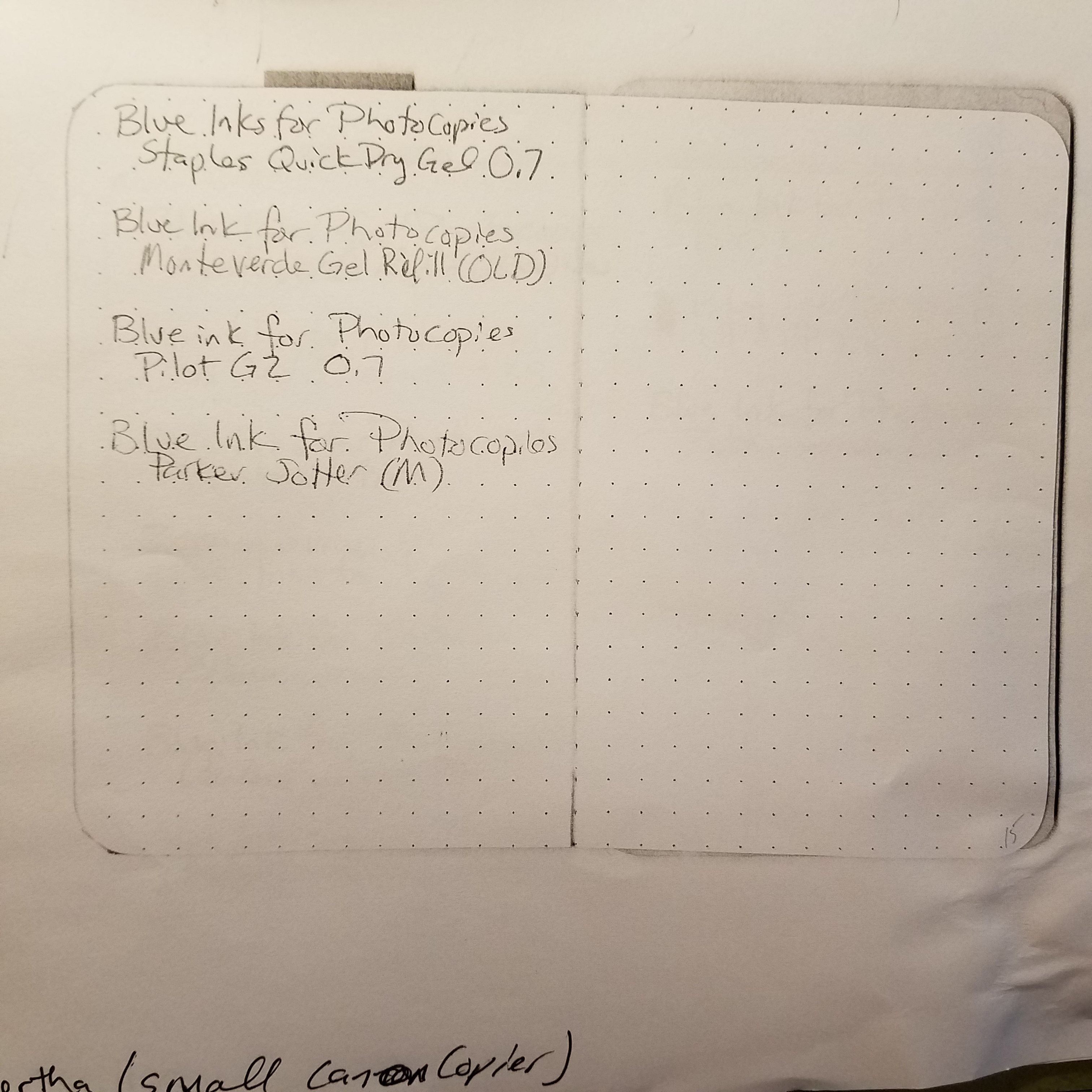

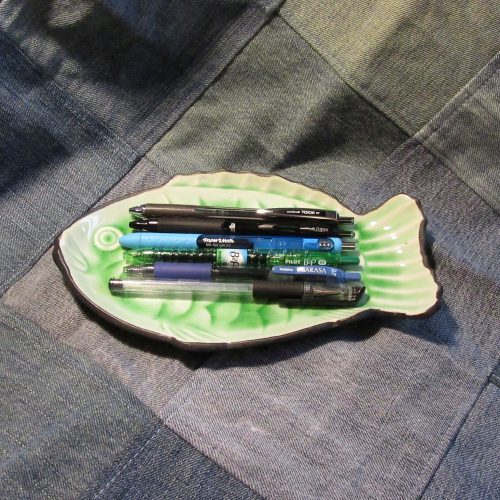
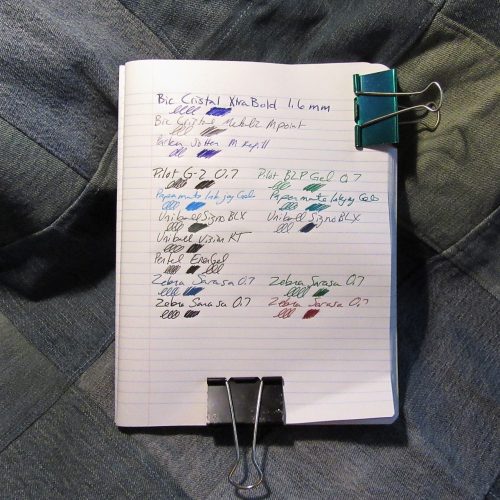
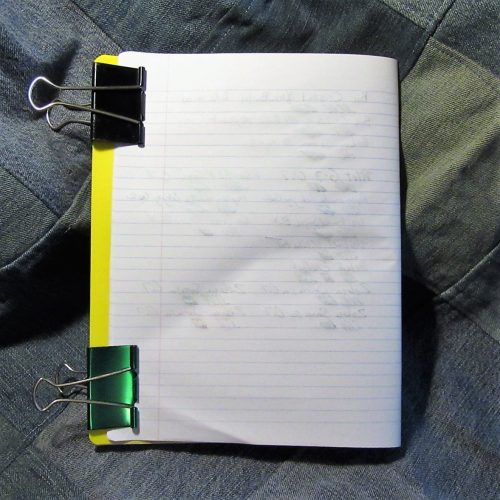

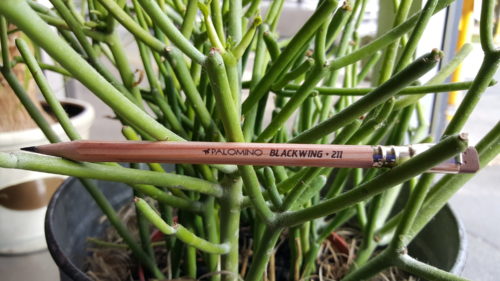

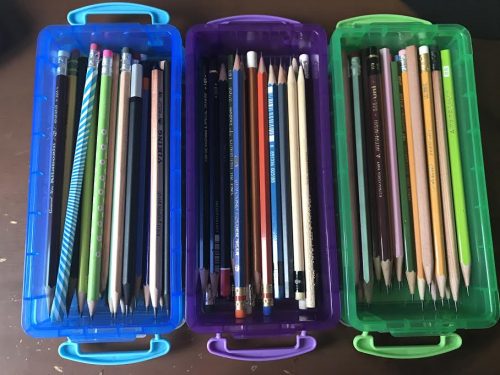 Practically speaking, I try to get the most out of what I do have by using it, using it and using it some more! There are a few things that I carry around with me on a regular basis that get a lot of use. First, is my little Klimt tin, which houses my most-used erasers and a traveling sharpener.
Practically speaking, I try to get the most out of what I do have by using it, using it and using it some more! There are a few things that I carry around with me on a regular basis that get a lot of use. First, is my little Klimt tin, which houses my most-used erasers and a traveling sharpener. 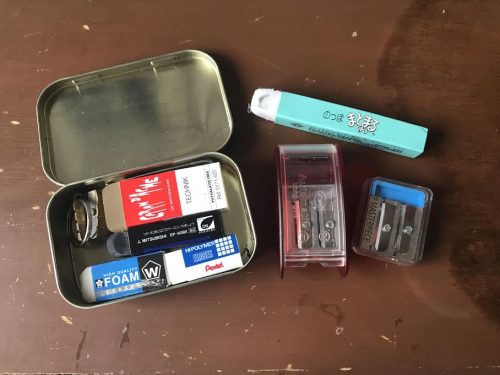
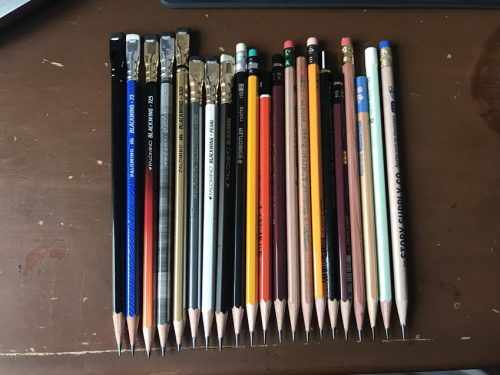
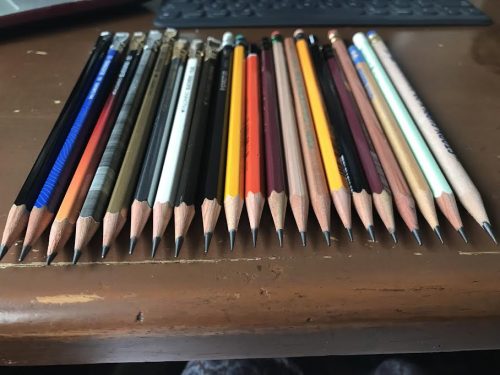
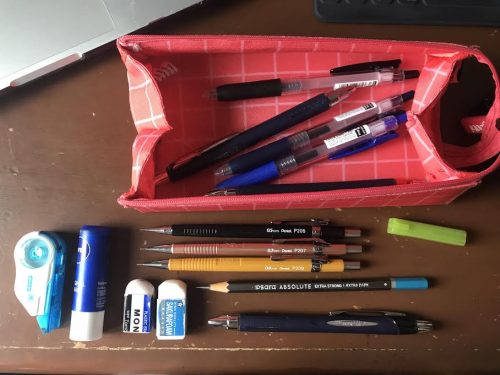 While as a medical student, we aren’t able to use pencil very often (we are required to use pen or submit typewritten work for the most part), my favorite use of pencil lies in my quiet daily life, in journaling, making grocery lists or my bullet journal. I have a special pencil case that I use when I travel along with my notebooks that can fit even an unsharpened Blackwing and has extra pockets where I can keep a Ziploc and a sharpener, for long point sharpening while traveling! My favorite notebooks are my A5 bullet journal (no brand traveler’s notebook), the Olive Edition by the Traveler’s Company used for journaling and my September Leather Field Notes size bought off Amazon for my notebooks that carry lists, brain dumps and speaker’s notes for the debate team that I train.
While as a medical student, we aren’t able to use pencil very often (we are required to use pen or submit typewritten work for the most part), my favorite use of pencil lies in my quiet daily life, in journaling, making grocery lists or my bullet journal. I have a special pencil case that I use when I travel along with my notebooks that can fit even an unsharpened Blackwing and has extra pockets where I can keep a Ziploc and a sharpener, for long point sharpening while traveling! My favorite notebooks are my A5 bullet journal (no brand traveler’s notebook), the Olive Edition by the Traveler’s Company used for journaling and my September Leather Field Notes size bought off Amazon for my notebooks that carry lists, brain dumps and speaker’s notes for the debate team that I train.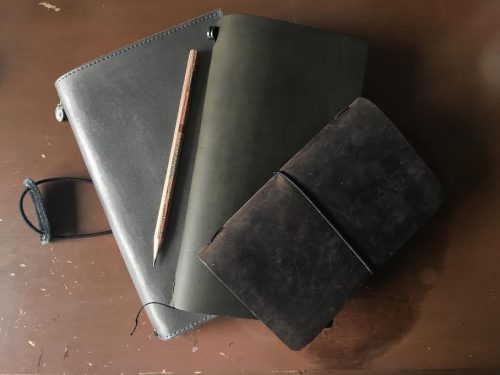
 All in all, when asked to describe my process and collection and myself, as a lover of stationery, I label myself as an appreciator—both a user and a collector. I find my collection to be large for someone who didn’t have to spend too much and I love, love, love trades because they not only allow me to get to know others within the pencil and stationery community, but they expose me to pencils and other paraphernalia that I would otherwise not have known without the kindness and knowledge of others. So maybe I can’t yet afford the renowned Pollux or snag a vintage Eberhard Faber Blackwing, but with my kind of SABLE, I find that I get to go on an adventure every single day.
All in all, when asked to describe my process and collection and myself, as a lover of stationery, I label myself as an appreciator—both a user and a collector. I find my collection to be large for someone who didn’t have to spend too much and I love, love, love trades because they not only allow me to get to know others within the pencil and stationery community, but they expose me to pencils and other paraphernalia that I would otherwise not have known without the kindness and knowledge of others. So maybe I can’t yet afford the renowned Pollux or snag a vintage Eberhard Faber Blackwing, but with my kind of SABLE, I find that I get to go on an adventure every single day.